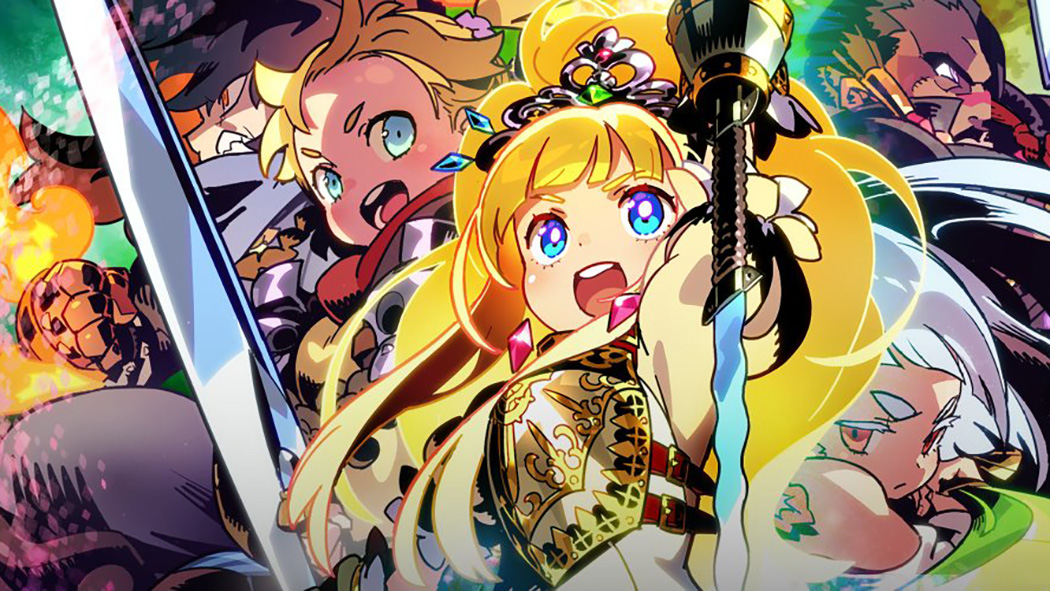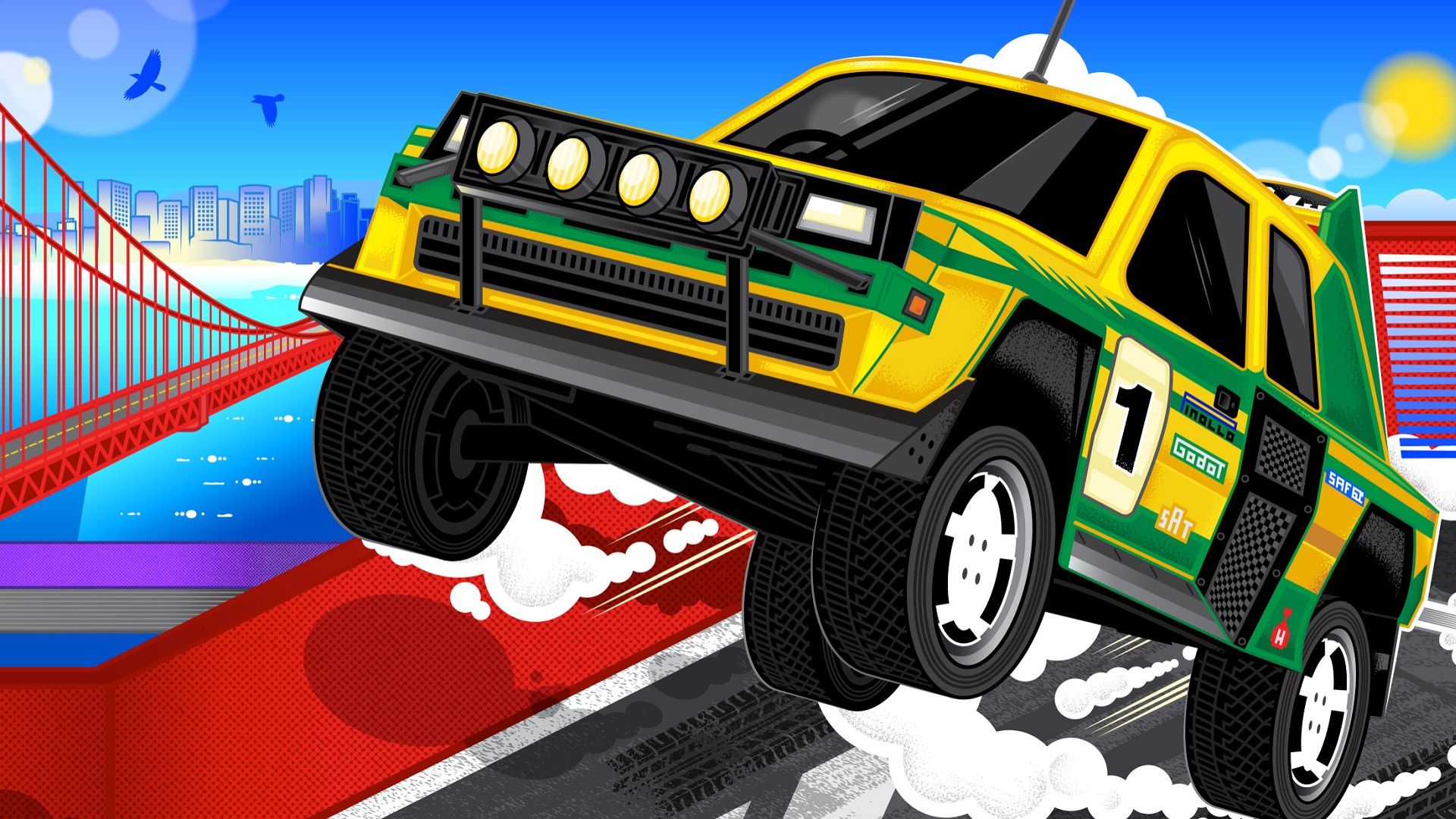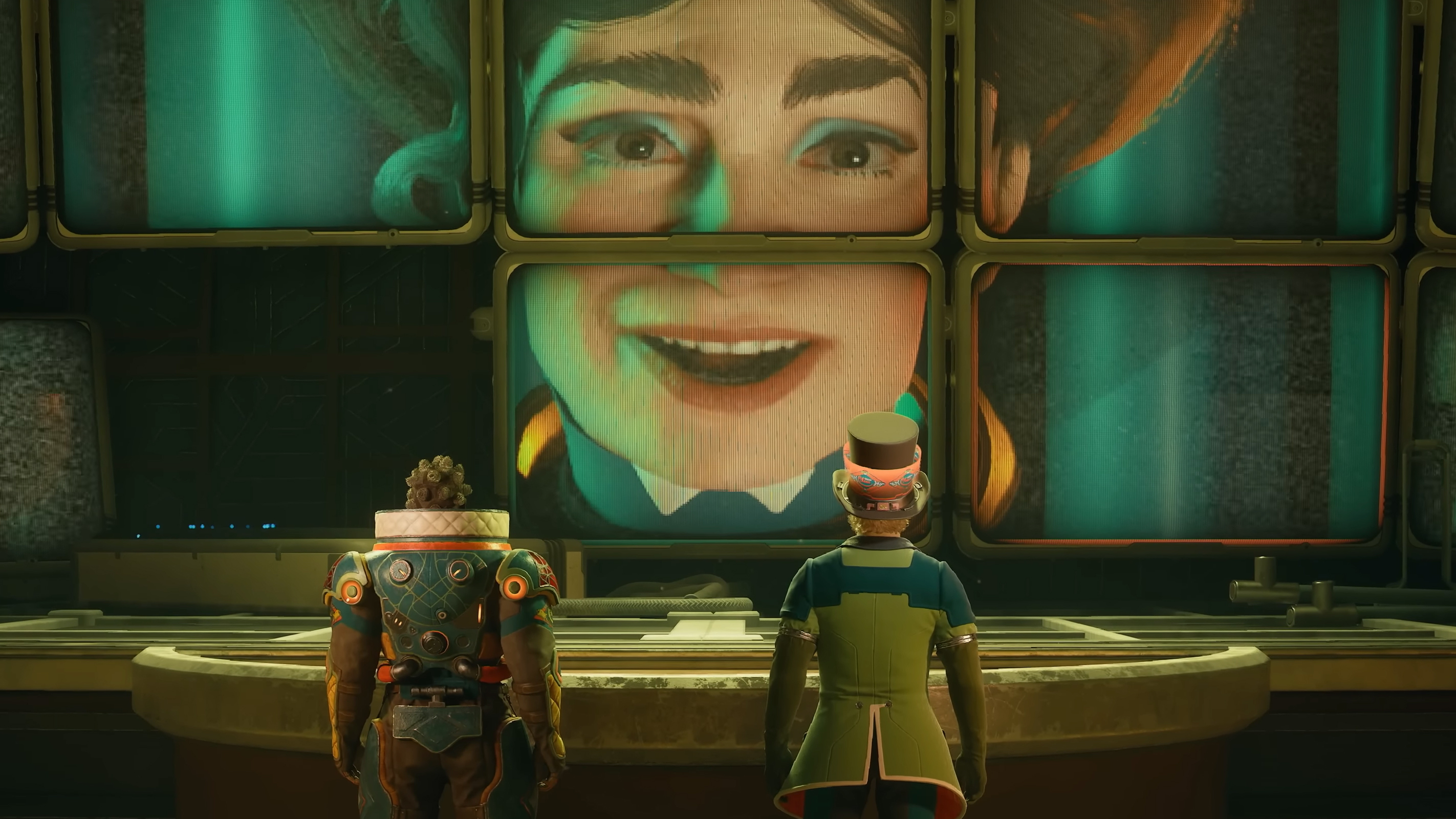
The Etrian Odyssey Origins Collection finds the balance between the old and new, and looks great doing it.
Seeing the Etrian Odyssey trilogy, first released on the Nintendo DS in 2007, 2008, and 2010, show up on Steam felt like a dream come true for a dungeon crawler fan like me. But then I started to worry. These games were not just exclusive to Nintendo’s dual screen handheld: they were designed with the DS’s unique multi-display touchscreen features firmly in mind. How could that possibly translate to PC?
These ports were already in troubled waters before I’d even downloaded them, because they just don’t really fit their new home—or anything else out there, either. And then to make things worse, Atlus declared it was adding modern “QoL” features and “conveniences” to a trio of games that always intended to be retro-hard, that always tried to deliver an experience that was memorable because it was a struggle, because it took a lot of effort. I was ready to reject these HD remasters, and as much as I feel I should recoil in horror at these betrayals of the series’ principals …
The truth is I’m actually having a great time.
Most of the quality of life changes really do nothing more than bring these first three Etrian Odysseys in line with later entries in the series: the ability to sidestep, easily understood skill trees, quicksave (without quitting), and multiple slots to save and load from at will. I was worried the new difficulty selection might throw off the balance here, but difficulty options exist in the later games too and work fine in this new implementation. They offer the chance to switch between “Picnic” “Basic” and “Expert” any time I’m back in town.
The description of each difficulty level is deliberately vague, placing the focus on choosing the right difficulty for me, right now, in these circumstances (in the game and out of it), rather than trying to nudge me towards the “correct” or “intended” option for a complete playthrough. All three games are better for these changes, convenient without smoothing the trilogy into a bland inoffensive mush.
The same can be said of the automap, which you can modify as you play. These remasters offer a range of clear icons for you to use combined with snap-to-grid lines and fills to keep your personal cartographic touches tidy. It supports keyboard and mouse input—not always a guarantee with ports like this—so you can type in notes and customise the map with ease. It’s also possible to have the games auto-draw nearby walls as well as floors, saving time without detracting from the exploration.
(Image credit: Sega Atlus)
(Image credit: Sega Atlus)
(Image credit: Sega Atlus)
Sadly exploration, the central pillar of the series, makes a bad first impression. Whenever you enter a dungeon you’re not greeted with a fullscreen HD view of a lush forest where water trickles down stone and beautiful flowers sway in the breeze. Instead you get a rather squished screen where a good third is occupied by the full map and a zoomed-in section, one stacked on top of the other. This screen-hogging map stack is easily reduced to a convenient minimap (and summoned again when you need it) with a quick tap of the Z key on your keyboard, but it’s a shame my initial reaction was “Woah that’s in the way I need to get rid of it.” I wish instead of the default view I’d been able to choose to bring it up in my own time as a helpful tool.
On PC especially it’s easy to see all the more elegant choices not made here: Why not make the map transparent, or tuck it away in a little auto-minimising tab? Why not place it in its own resizeable, moveable window, the way The Legacy: Realm of Terror managed to do on DOS machines all the way back in 1992?
Once I did put the full map away and get a good look at my surroundings, Etrian Odyssey’s art direction shone as brilliantly in its new PC home as it always has. Everything has been redrawn rather than batch-upscaled or mindlessly AI’d to hell and back—even the 3D environments have been tweaked rather than simply rendered at a higher resolution. Yet it all looks so close to the originals, not only is everything immediately recognisable but it’s easy to trick yourself into believing the games always looked this good.
Committed research for the HD collection. (Image credit: Kerry Brunskill)
On the whole, anyway. For all that’s been improved, some old limitations have strangely been left untouched. Details designed to give the illusion of distant areas stretching way beyond the walls that bind you to the dungeon’s endless corridors are clearly (and fuzzily) painted onto flat walls, and the view into the distance still abruptly cuts off anything more than a meagre four floor tiles away. On screens the size and resolution of the DS’ these were effective load-lightening techniques that were only really noticeable if you went looking for them, and even then blended in well with the surroundings. But here in HD there’s an obvious artificial edge to the world that wasn’t there before.
The music falls along the same lines as the graphics, for better and worse. The familiar melodies and thrilling battle tracks are as enjoyable as ever—not all that surprising considering they were once again created by industry legend Yuzo Koshiro (Streets of Rage, and so much more)—and they’ve been subtly yet thoroughly improved in a way that makes you think they always sounded this good. But as pleasant as they are, they do lack the “crunchy” raw chiptune edge of the originals, and there’s sadly no toggle in the menus to bring that old sound back.
So the first three Etrian Odyssey games are finally free of an increasingly awkward and now unsupported home. Aside from my worries they wouldn’t quite work in this new form, I also wondered if anyone would really care. Nobody’s been able to throw a keyboard in PC gaming for 40 years without hitting a dungeon crawler or 12, so even if these HD remakes are as good as I think they generally are—can they stand out on PC?
Yes they can. It was obvious from the moment I started to play that Etrian Odyssey’s still got it.
(Image credit: Sega Atlus)
(Image credit: Sega Atlus)
(Image credit: Sega Atlus)
Etrian Odyssey is so unmistakably its own thing, with its own beautiful style, that as legendary or foundational as the likes of Wizardry or The Bard’s Tale or Legend of Grimrock are, the only dungeon crawlers like the Etrian Odyssey trilogy are other Etrian Odyssey games. They capture the idea of an enthralling freeform trek into the beautiful unknown, every step mixed with terror, wonder, and the consequences of our own character-building decisions and mapmaking skills. Our Steam libraries are better for having access to them, and this new smooth, unified experience feels as loving and respectful as a lavish Criterion Collection re-release of your favourite movie.
Etrian Odyssey’s PC remakes feel less like ports and much more like a long overdue coming home party.



